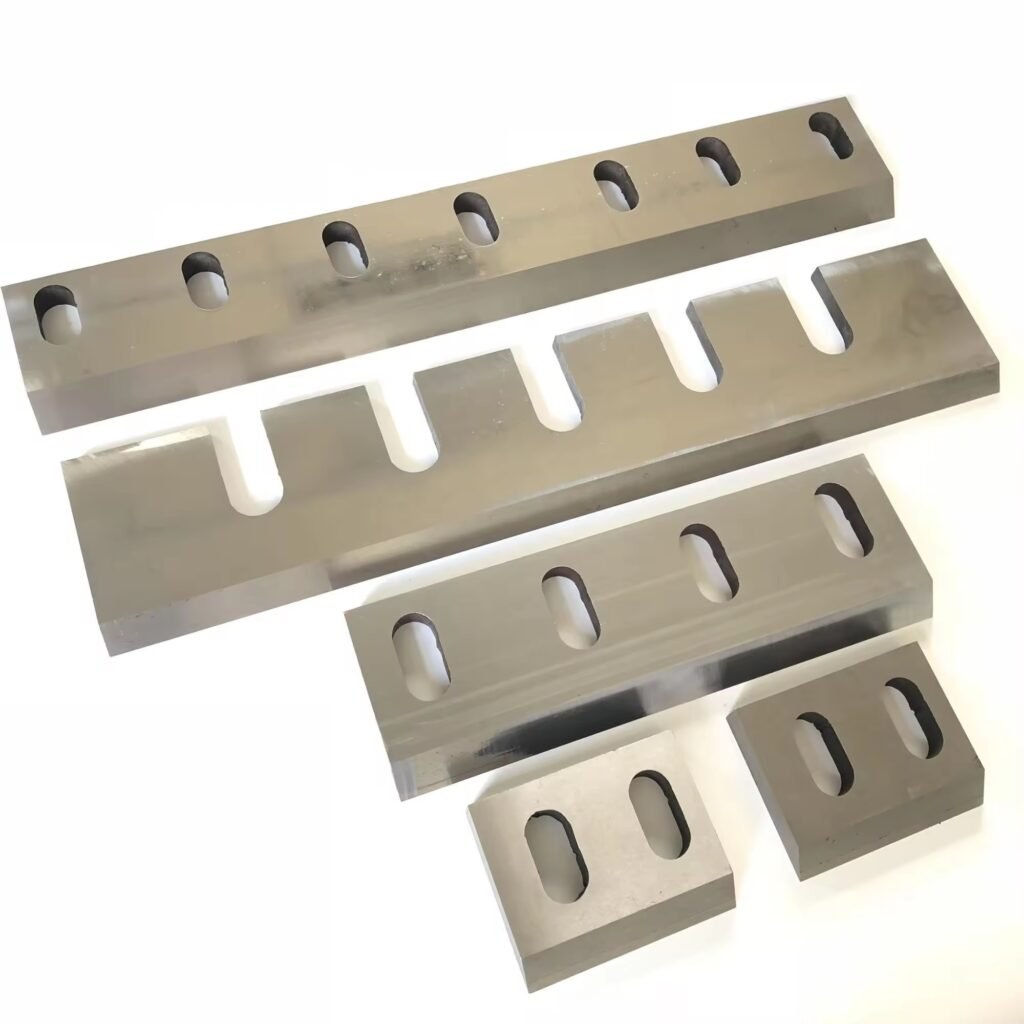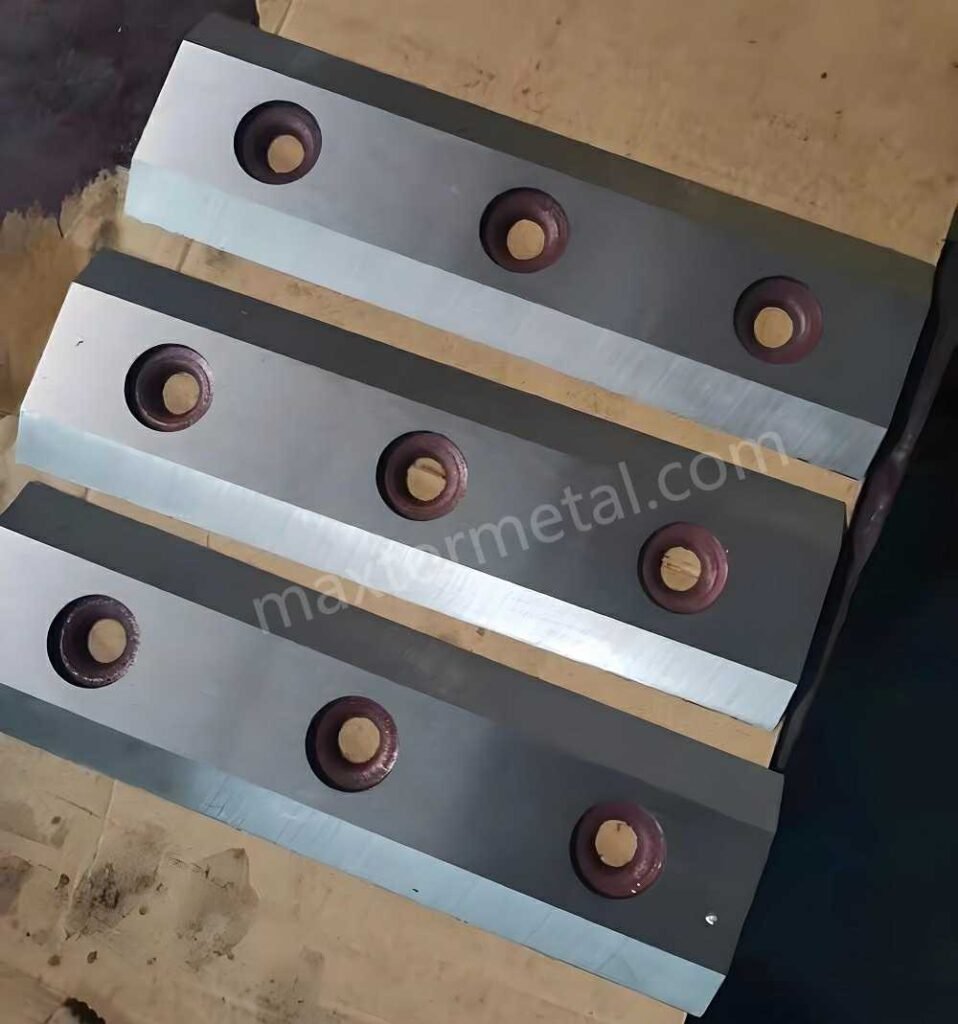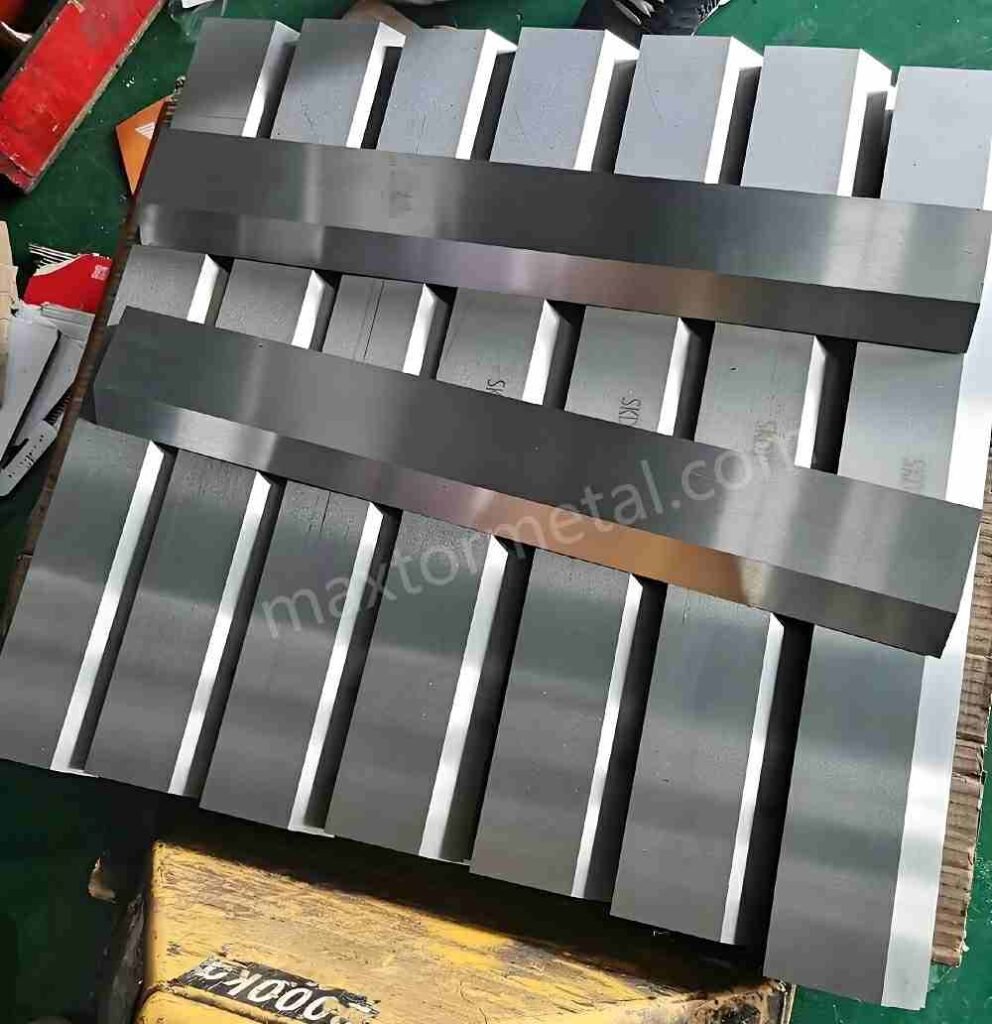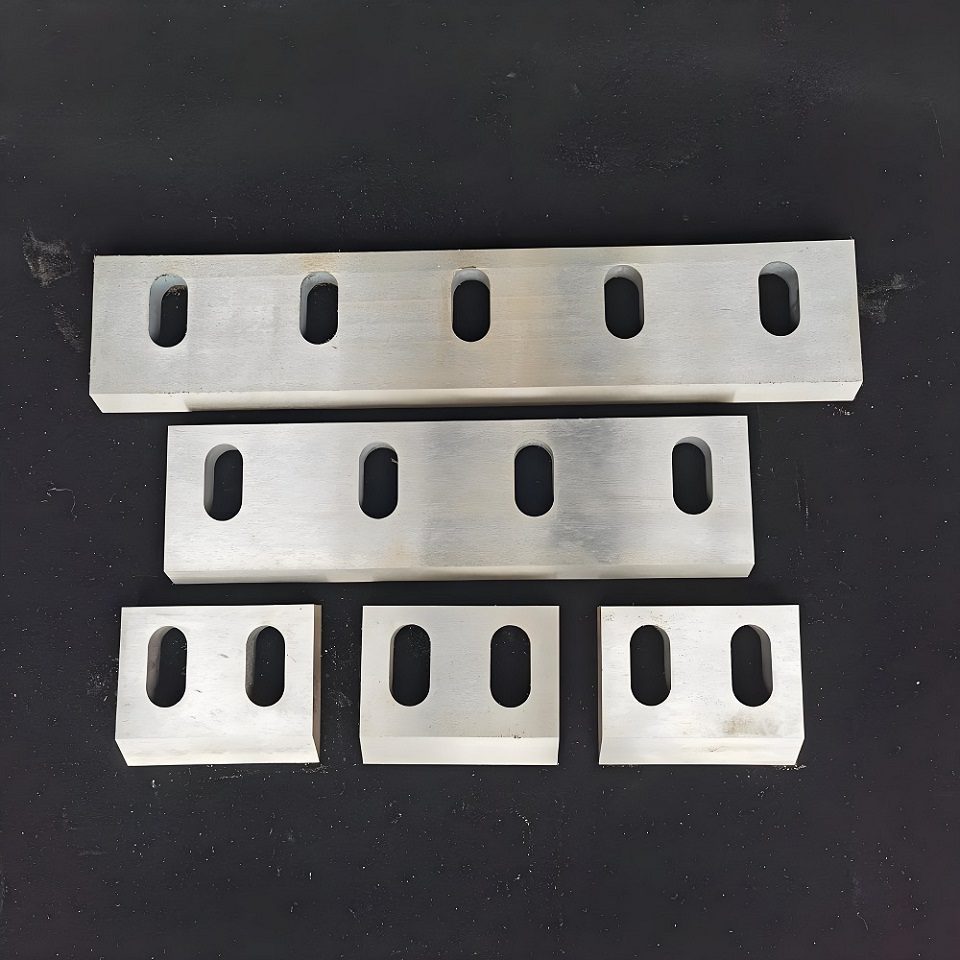요약
적합한 재료 선택 플라스틱 분쇄기 블레이드 significantly impacts performance, durability, and cost efficiency. This article delves into key blade materials, their unique properties, and practical applications, helping businesses make informed decisions for recycling and crushing processes.
소개
In the world of plastic recycling, 플라스틱 분쇄기 블레이드 play a pivotal role. These essential components determine the efficiency, durability, and output quality of crushing machines. Choosing the right material for these blades isn’t just a technical decision—it directly impacts operational costs, maintenance schedules, and the machine’s overall performance.
Given the wide variety of materials available, including carbon steel, alloy steel, stainless steel, and tungsten carbide, understanding their specific properties and applications is critical. This comprehensive guide provides a detailed comparison of blade materials, helping you navigate the options and select the best fit for your needs.
Understanding Plastic Crushing Machine Blades
What Are Plastic Crushing Machine Blades?
Plastic crushing machine blades are precision-engineered components designed to shred or crush plastic into smaller, reusable pieces. These blades operate in demanding environments, cutting through materials ranging from soft plastics to reinforced polymers. Their sharpness and durability directly influence production efficiency and the quality of the final output.

Key Factors in Blade Design
A blade’s material dictates its performance and longevity. Critical factors include:
- 경도: Determines resistance to deformation under stress.
- 인성: Ensures the blade resists cracks and chipping during impact.
- 내마모성: Reduces material loss from friction with abrasive plastics.
Blades designed with optimal sharpness and material hardness can also improve energy efficiency. Studies reveal that well-maintained blades reduce energy use in shredding by up to 15%, lowering operational costs.
Overview of Blade Materials
Carbon Steel Blades
이익: Carbon steel is one of the most economical choices for 플라스틱 분쇄기 블레이드. Its inherent hardness ensures excellent cutting performance, especially in applications requiring precise cuts. Carbon steel blades are widely used in small-scale or budget-conscious operations.
제한 사항: However, carbon steel is prone to rust and wear over time, especially in humid environments. It also requires frequent sharpening to maintain efficiency.
합금강 블레이드
이익: Alloy steel combines multiple elements, such as chromium or manganese, to enhance strength and toughness. These blades offer balanced performance, making them suitable for medium-duty crushing tasks.
제한 사항: Despite their enhanced durability, alloy steel blades come at a higher cost than carbon steel options and still demand regular maintenance.

스테인리스 스틸 블레이드
이익: Stainless steel is known for its corrosion resistance and long lifespan. It is ideal for applications involving wet or high-humidity conditions. Additionally, stainless steel blades require less frequent sharpening, saving operational downtime.
제한 사항: These blades can be less sharp than carbon steel and tend to be more expensive, making them less suitable for cost-sensitive projects.
텅스텐 카바이드 칼날
이익: Tungsten carbide blades stand out for their unparalleled hardness and wear resistance. They excel in handling abrasive and reinforced plastics, providing consistent performance over extended periods.
제한 사항: The main drawback is their high cost. Additionally, tungsten carbide blades may lack the flexibility needed for handling softer plastics.
Comparing Performance of Blade Materials
절단 효율성
Cutting efficiency determines how well a blade performs under heavy workloads. Tungsten carbide leads in this category, delivering precision with minimal wear, while carbon steel performs best in short-term, low-volume applications.
| 블레이드 재질 | 절단 효율 등급 |
| 탄소강 | 중간 |
| 합금강 | 높은 |
| 스테인레스 스틸 | 높은 |
| 텅스텐 카바이드 | 매우 높음 |

Wear and Tear Resistance
In high-wear environments, stainless steel and tungsten carbide outperform other materials due to their excellent resistance to abrasion and corrosion. Studies suggest tungsten carbide lasts up to five times longer than standard carbon steel under similar conditions.
유지 관리 요구 사항
Frequent sharpening and maintenance are unavoidable for carbon and alloy steel blades. Conversely, stainless steel and tungsten carbide require less attention, making them cost-effective in the long run despite their higher initial investment.
Applications of Different Blade Materials
High-Volume 플라스틱 재활용
For industrial-scale recycling, tungsten carbide and alloy steel blades are the top choices. Their durability and ability to handle large volumes of plastics reduce downtime and ensure uninterrupted operations.
Specialized Plastics
Handling specialized or reinforced plastics calls for robust blades like tungsten carbide. These materials can withstand the stress of cutting through rigid or glass-filled plastics without significant wear.

Small-Scale or Precision Crushing
For smaller operations or tasks requiring high precision, carbon steel blades offer an affordable and efficient solution. These blades are best suited for light-duty shredding.
How to Choose the Right Blade Material for Your Needs
Assessing Your Operational Requirements
Before purchasing 플라스틱 분쇄기 블레이드, consider these factors:
- 재료 유형: What type of plastics will you process (e.g., soft, rigid, or reinforced)?
- Volume: How many tons of material will the machine handle daily?
- 예산: Do you prioritize upfront costs or long-term durability?
Balancing Cost and Performance
While tungsten carbide blades offer exceptional performance, their high cost might not be justified for low-volume operations. Alloy steel or stainless steel provides a middle ground, balancing initial costs with long-term durability.
Tips for Extending Blade Lifespan
- 정기적인 유지관리: Clean and sharpen blades periodically to prevent performance degradation.
- Proper Usage: Avoid using soft-material blades on abrasive plastics to reduce wear.
- 저장: Store blades in a dry, controlled environment to prevent rust.
FAQ
What is the best material for 플라스틱 분쇄기 블레이드?
Tungsten carbide offers the best performance in terms of durability and cutting efficiency, particularly for high-demand applications.
How often should plastic crushing machine blades be maintained?
Blade maintenance frequency depends on the material and usage. Carbon steel blades require frequent sharpening, while tungsten carbide blades need less maintenance.

Are stainless steel blades suitable for industrial plastic recycling?
Yes, stainless steel blades work well for applications involving wet or corrosive conditions but may not handle high-volume operations as effectively as tungsten carbide.
What factors affect the lifespan of plastic crushing blades?
Material quality, usage conditions, and maintenance practices significantly impact blade lifespan.
Can carbon steel blades handle reinforced plastics?
Carbon steel blades are not ideal for reinforced plastics due to their lower wear resistance. Tungsten carbide blades are a better option for such materials.
How do I reduce blade wear during operations?
Ensure proper blade selection for the plastic type, maintain regular cleaning, and avoid overloading the machine to reduce wear and tear.
결론
Selecting the right material for your 플라스틱 분쇄기 블레이드 is essential to optimize efficiency, minimize costs, and extend blade lifespan. Each material—carbon steel, alloy steel, stainless steel, and tungsten carbide—has its strengths and ideal applications. By understanding your specific needs and the performance characteristics of each material, you can make a well-informed decision.
If you’re ready to explore high-quality plastic crushing blades or need expert advice tailored to your requirements, feel free to 문의하기 or browse our range of products. Let’s help you maximize the potential of your recycling operations!
Ready to transform your plastic crushing operations? 탐구하다 궤조 durable, high-performance blades or get in touch for a consultation!



하나의 응답